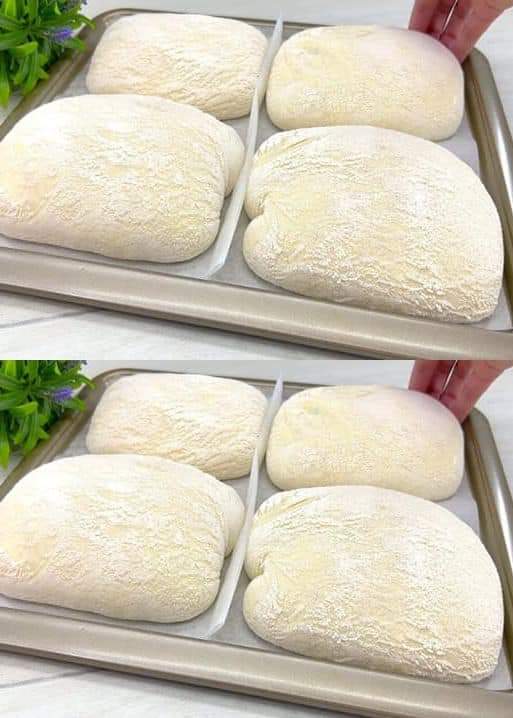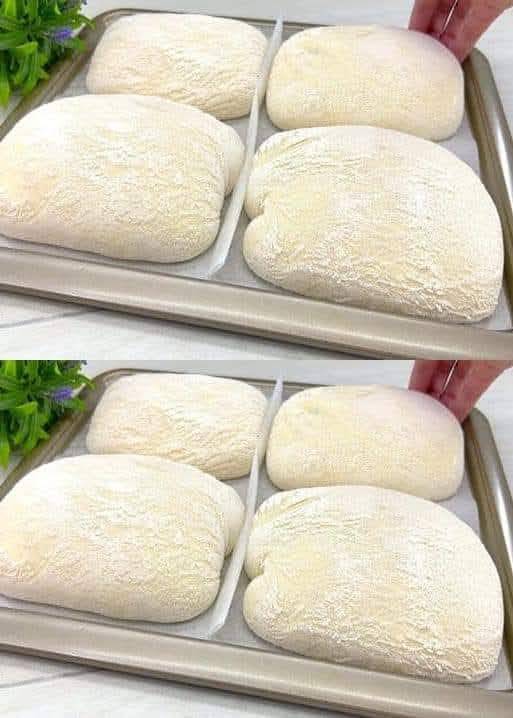
Introduction
Ciabatta, an Italian bread known for its crisp crust and airy, tender crumb, has become a favorite among bread enthusiasts worldwide. The name “ciabatta” means “slipper” in Italian, reflecting the bread’s broad, flat shape.
This rustic loaf, with its characteristic irregular holes, is perfect for sandwiches, dipping into olive oil, or simply enjoying on its own. The magic of ciabatta lies in its simplicity and the meticulous process of making it, which involves creating a highly hydrated dough that results in its unique texture.
Originating from the Lombardy region of Italy in the early 1980s, ciabatta was developed as a response to the popularity of French baguettes. Italian bakers aimed to create a bread that could rival the baguette while showcasing the richness of Italian baking traditions.
The result was a bread that quickly gained international acclaim and became a staple in bakeries and home kitchens alike.
One of the hallmarks of ciabatta is its high hydration dough. This means that the dough contains a significant amount of water, which contributes to the bread’s open crumb and chewy texture.
Working with such a wet dough can be challenging, but the effort is well worth it. The dough’s hydration level requires careful handling and gentle folding techniques to develop the gluten structure without deflating the dough.
The process of making ciabatta also includes a long fermentation period. This extended fermentation allows the flavors to develop deeply, resulting in a bread with a rich, complex taste. The use of a pre-ferment, or biga, adds to the bread’s depth of flavor and improves its structure. The biga is mixed the day before and left to ferment overnight, giving the final dough a head start on flavor and texture.
Baking ciabatta at home is a rewarding experience. The aroma of freshly baked bread wafting through your kitchen is truly irresistible. While the process requires patience and attention to detail, the satisfaction of slicing into a loaf of homemade ciabatta and seeing its beautiful crumb is unmatched.
CONTINUE READING ON THE NEXT PAGE 🥰💕

